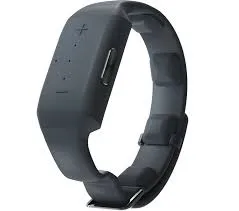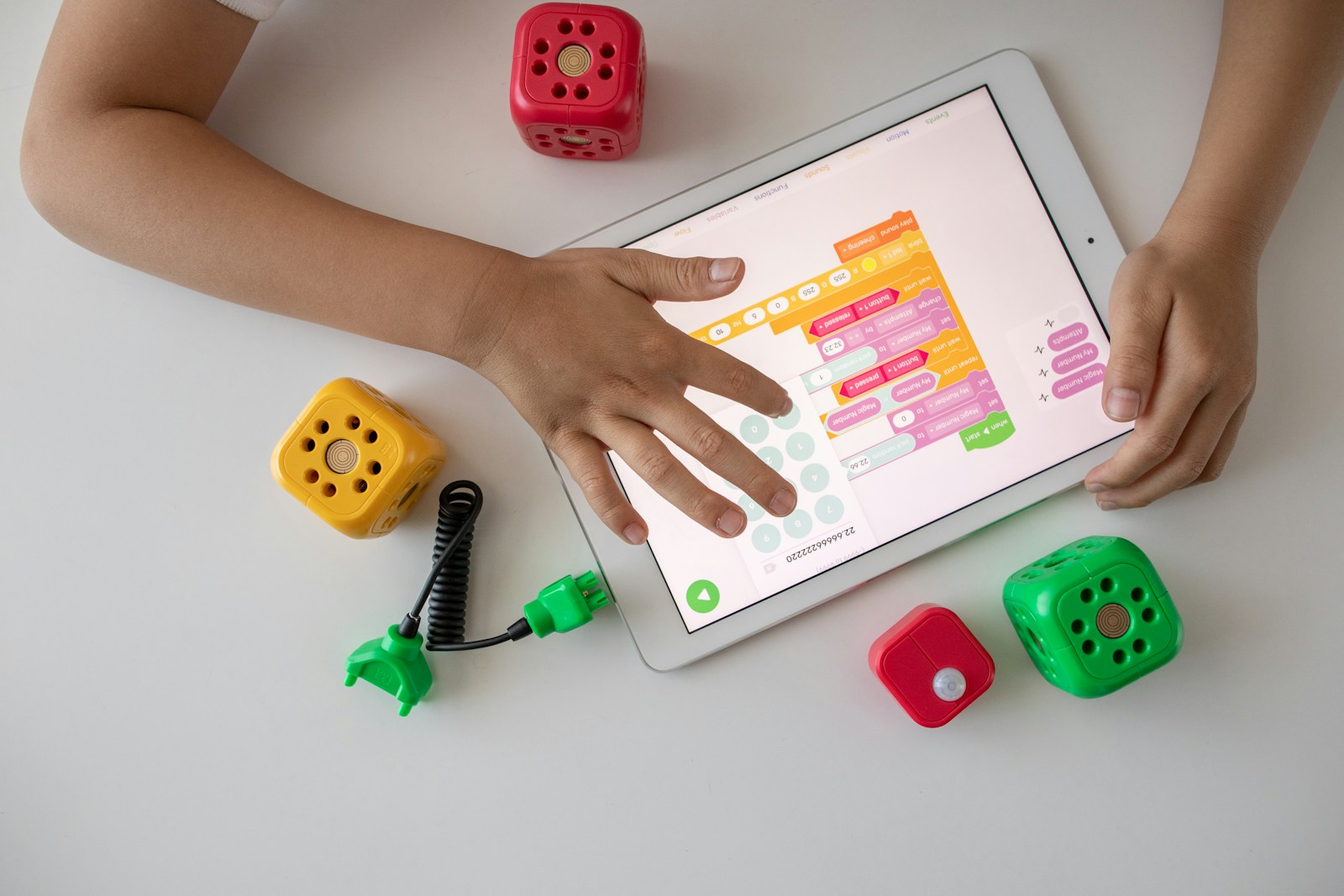OPINION
Alwyn Poole
Alwyn Poole founded and was the head of Mt Hobson Middle School in Auckland for 18 years. MH Academy is now an in person private school for Year 11 – 13. There is now a nationwide online provision called Mt Hobson Academy Connected for Years 1 – 13.
In Education.
As an educator since 1991 it has been more than bemusing to watch a whole range of well-meaning policies being thrown out there without full thought towards effectiveness and sustainability/longevity. This list is just a start.
- NCEA – for about 1 million reasons.
- The Numeracy project.
- Modern Learning Environments.
- Partnership Schools in allowing them to be governed by the Ministry and being left completely vulnerable to a new Minister (Hipkins)
- National Standards.
- Parata’s goal of all schools achieving Level 2 NCEA pass-rates of 85% without considering how they will go about it (including some horrendous gaming of the system).
- Communities of Learning – with no monitoring of effects.
Much is being made to the new government’s ban on smart-phones in schools.
- Since 2002 I have been mainly involved in middle-school (Year 7 – 10) education. My schools have always collected the phones in the morning and re-issued them at the end of the school day (within some case-by-case discretion). In the House yesterday the Education Minister quoted an Auckland Principal as saying that: “[H]e is excited about our plans; that the cellphone ban will remove a major distraction to learning, reduce cyberbullying, and promote social interaction between students”. If it is to be such a big change in his school will he be handing in some of his previous salary for not implementing it years ago as he had every legal right to do? Bizarre.
- There should be nuance for Years 11-13 and for students with needs that smart-phones assist day-to-day (and there are many). If I was teaching my core subjects of Business Studies and Economics I would want students to have smart-phones in class e.g. foreign exchange, share-markets, current statistics. Plus – do we pretend that effective use of smart-technology is not a mark of adult work life and fail to teach effective use (https://elearningindustry.com/5-uses-mobile-technology-in-the-classroom). We teach kids to put a condom on a banana but intend to ignore smart technology, AI, etc.
- For some students with Special-Needs or learning difficulties smart-phones have become an essential part of their school day – recording lessons, photographing in class notes to review with tutors later, alarms for medication, the opportunity for students with high-anxiety to communicate with significant people during class. It is good news that it appears that these exemptions will be allowed for.
- The potential added workload for teachers, conflicts in the playground, micro-aggressions for students, arguments at home is MASSIVE – as could be the administrative processes. Cashmere High says they will simply confiscate phones of any of their 2,000 students who “pull them out”. Stand-downs, suspensions, expulsions? You can bet a lot of kids will have two phones. If you are 80m away from someone on a field what chance of apprehending the villain? Is a kid with ear buds in deemed as having their smart-phone out? None of these are reasons to not implement the ban but they have to be fully considered and students and families brought along for the ride through persuasion.
- Technology has already moved on. I recently accidentally bought a smart-watch (https://www.garmin.com/en-NZ/p/1057989) to replace my aged Garmin activity tracker. I charged it – put it on – and was driving and suddenly it is buzzing like a bee-hive. I stopped and found that it was showing me my emails, offering me news, asking for responses to messages – and, I now know, can allow me to listen to music through buds, communicate on Facebook, make calls, etc (depending on the APPS I download). I.e. it is a midget smart-phone. At approx $599 I would imagine MANY students in affluent schools will be wearing these already and it will grow fast.
Is reducing distractions in the classroom and enhancing social interaction throughout school-life a good aim? Of course! BUT! It has to be introduced with the right flexibilities, intelligent uses for the technologies in the appropriate contexts and for students for whom they enhance their learning/life. There needs to be resourcing for schools and the genuine understanding that technology has already shifted and a blanket smart-phone ban will soon be like banning jandals in running races.
(As an aside – ten days ago a brilliant New Zealand and international educator said to me: “How on earth are schools going to have five-year-old children doing one hour of writing each day?” The solution for the effective “back-to-basics” policy is again a structured (excuse the pun Michael Johnston) implementation.
- Year 1 – 4 – progressive development of reading writing and maths until at …
- Year 5 – 8 – students can effectively do one hour of each a day.
(PS – why is the government already saying we can only get 80% of our Year 8 to appropriate curriculum levels by 2030. Where is our aspiration? Why, by definition, is the government saying 1/5 cannot get there?)
(PPS – I have had a couple ask me why I would critique a National government in education. The answer is very simple. It is that I desperately want them to succeed in ways that the last National government, etc, didn’t – which also allowed the Labour destruction in education. Our children and families need policies to be right, and thorough, work for the full-range of students, communicate well and without jargon to families, be workable in schools, be constantly evaluated for effectiveness, and have longevity).
Technology in Life
About seven years ago – at the ripe age of fifty – I developed tinnitus – along with some mild hearing loss. Tinnitus is anything but fun – especially when it first comes on – and can/did cause considerable distress and anxiety. This issue affects approximately 207,000 New Zealanders over 14.
One of the problems is that there have been few fully effect treatments (if any) and I was most commonly told that I just had to get used to having two crickets imbedded in my ears.

In terms of learning theory, I follow a Stanford University neuro-scientist called David Eagleman (and am working to bring him to New Zealand). To my delight late last year I found that he has teamed up with others to create a new treatment for hearing loss and tinnitus (https://neosensory.com/)
It is (surprise … surprise) a wearable smart-technology.
I have been meeting with David’s team and have the first one in New Zealand to trial. I am then looking at the means and mechanisms to bring Neosensory to New Zealand. Anyone interested for personal or professional reasons please get in touch.
Alwyn Poole ([email protected])
Innovative Education Consultants
www.innovativeeducation.co.nz
www.alwynpoole.substack.com
www.linkedin.com/in/alwyn-poole-16b02151/

